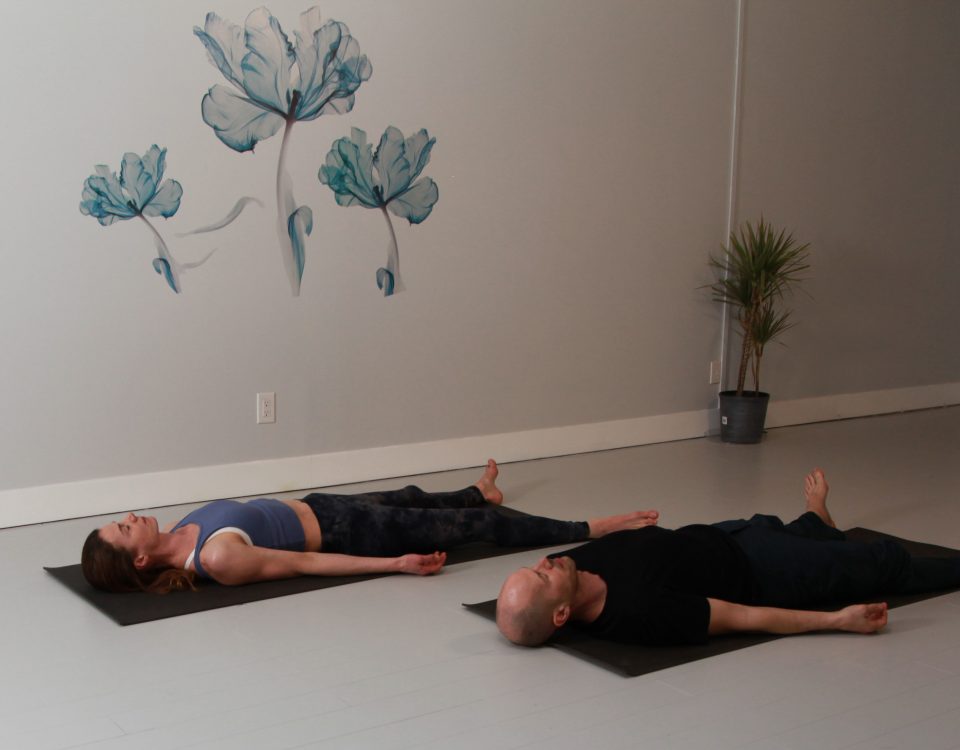
Movement is How We Grow
April 9, 2023
Thunder’s Wake: Reflecting on a Wildfire Summer
August 20, 2023The practices of yoga, developed over thousands of years, help us to understand ourselves, our relationship with others, and the greater whole. Yoga explains that the individual exists within three realms: the physical, experiential, and spiritual. The physical realm contains all aspects of yourself that can be objectively seen and measured; the cells of your body, the non-living parts of you like your hair and nails, and even the fauna of microbes you host. The spiritual realm is your inherent and inextricable connection to the greater whole. The experiential realm, how you know and feel yourself to be in every living moment, is called the “subtle body”, or sukshma sarira in Sanskrit.
The subtle body doesn’t separate your mental and physical experiences. Experiences of the body and mind are held on a continuum, mapped over the physical body, where every experience occupies a discernible space and a timeline in which it arises and passes away.
Take a moment to pause, close your eyes, and notice the ingredients of your experience right now. There may be “gut feelings”, a sense of groundedness or agitation, vitality or lethargy, and mixtures of specific sensations from various parts of our body. This is a snapshot of the subtle body.
The practices of yoga act directly on the subtle body, i.e. the realm of experience. We pay attention to the shifting landscape of sensations and mental states. We incorporate movement and breathing exercises to explore our feelings from different perspectives, creating multidimensional and fleeting perceptions of what arises in each moment. And when we are still and quiet, we listen to the echoes of our history.
Practices of the subtle body de-emphasize the importance of thinking, as each ruminant cycle of thought (called a vritti) is seen to pull us further from what is happening in the present moment. Although thoughts are inarguably crucial to our existence, they are also seen as unreal (asatya) and should be recalibrated often by direct experience.
Neuroscience grapples with explaining how consciousness relates to cellular life. Experience, which is our everything, is still one of the beautiful mysteries of existence. Notably, an emerging contemporary concept that relates to the traditional wisdom of the subtle body is called interoception: our ability to feel, interpret, integrate and respond to our inner body states. Interoception helps us recognize and regulate our emotions, affecting our thoughts and actions.
The next time you are on your mat in an asana, try to get underneath the words, and with the guidance of the breath, notice how you feel. It’s a simple practice, but therein is boundless wisdom.
Karen Andersen
E-RYT, YACEB, Behavioural Neuroscience Major Candidate @ SFU





